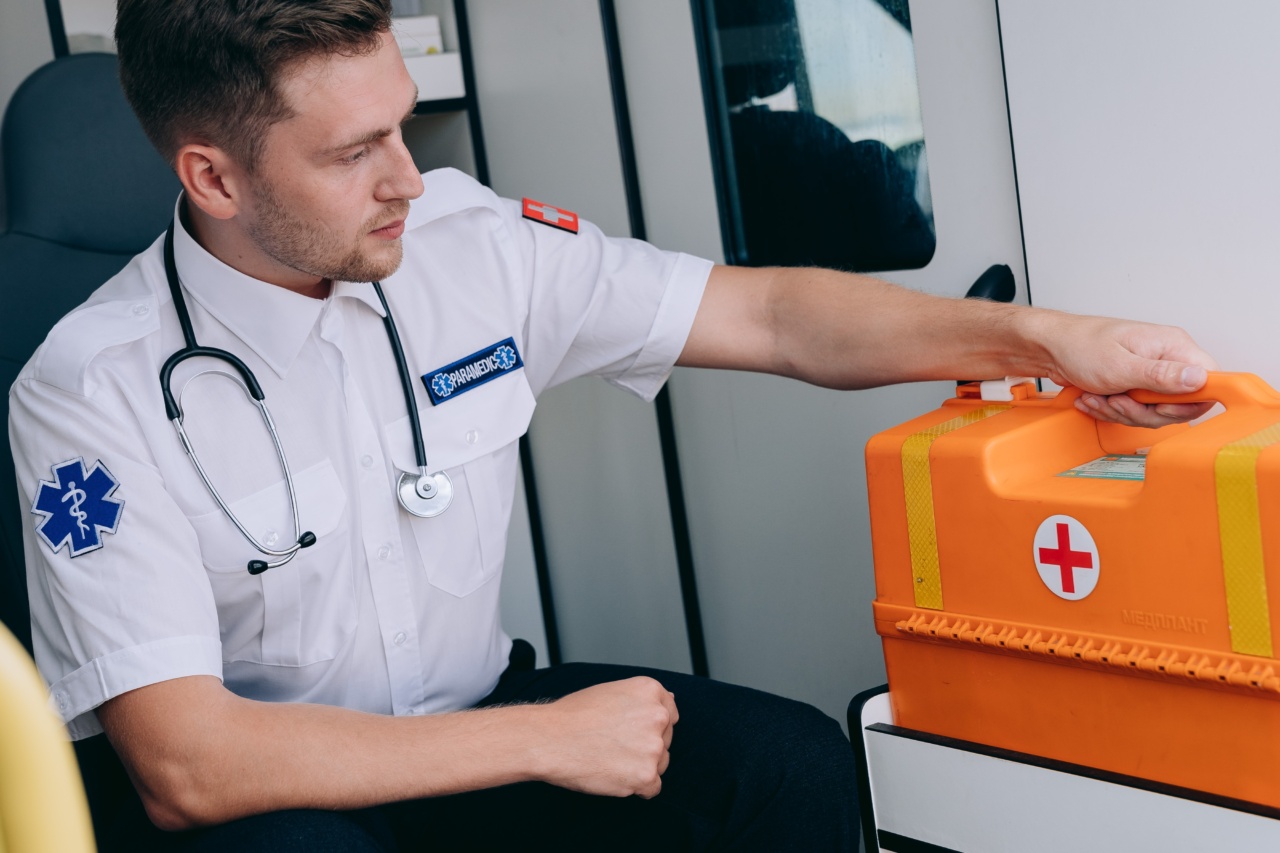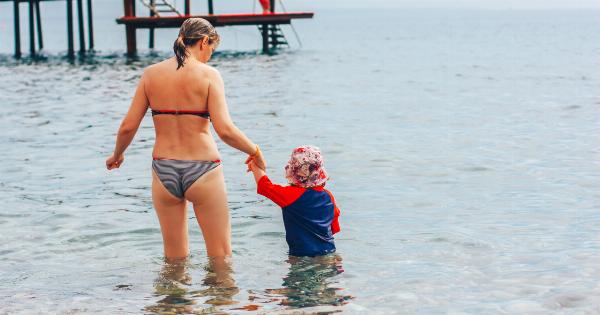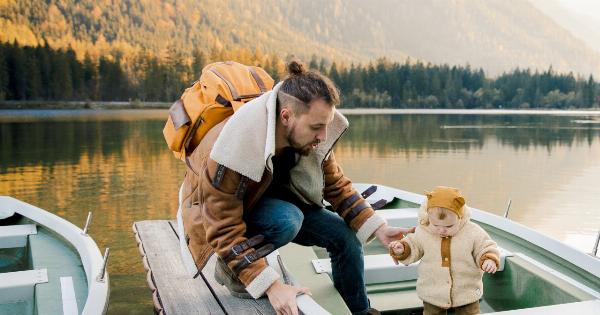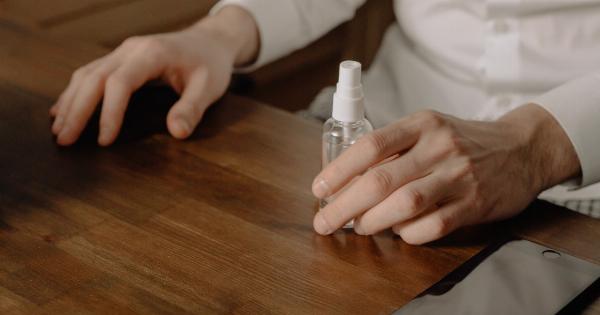When preparing for a holiday, it is important to pack all the essentials, including a first aid kit.
Accidents and injuries can happen anytime, anywhere, so having a well-stocked first aid kit can provide peace of mind and ensure that you are prepared for any emergency. In this comprehensive guide, we will walk you through everything you need to know about creating the perfect holiday first aid kit.
1. Assess Your Needs
The first step in creating a holiday first aid kit is to assess your specific needs. Consider the activities you will be participating in, the duration of your trip, and the number of people you will be traveling with.
This will help you determine what items to include in your kit.
2. Choose the Right Container
Next, you will need to select a suitable container to hold your first aid supplies. A waterproof and durable container, such as a plastic or metal box with a secure lid, is ideal.
Ensure that the container is large enough to accommodate all your essentials, yet still compact and portable.
3. Stock Up on Basic Supplies
There are several essential items that should be included in every first aid kit:.
- Adhesive bandages in various sizes
- Gauze pads and adhesive tape
- Antiseptic wipes or solution
- Tweezers and scissors
- Disposable gloves
- Instant cold packs
- Pain relievers (such as acetaminophen or ibuprofen)
- Allergy medication
4. Consider Specific Needs and Medical Conditions
If you or any of your travel companions have specific medical conditions, ensure that you include items to address those needs. For example, if someone has allergies, include antihistamines or an epinephrine autoinjector for severe reactions.
If someone requires prescription medication, pack an ample supply.
5. Include Wound Care Supplies
Accidents happen, so be sure to include supplies for wound care in your first aid kit. Some essential items to consider include:.
- Sterile saline solution or wound cleanser
- Antibiotic ointment
- Sterile dressings and medical tape
- Butterfly closures or adhesive strips
6. Add Personalized Items
Consider the specific needs of your travel group and individual preferences when packing your first aid kit. Some additional items you may want to include are:.
- Sunscreen and lip balm
- Insect repellent
- Eye drops
- Personal medications (pain relievers, antacids, etc.)
- Hand sanitizer
7. Don’t Forget About Emergency Contacts
Ensure that your first aid kit includes a list of emergency contact numbers, including local emergency services, your primary physician, and any other relevant healthcare providers.
This will be helpful in case there is a need to seek medical assistance while on your holiday.
8. Check Expiration Dates Regularly
It is crucial to regularly check the expiration dates of all the items in your first aid kit and replace any expired or depleted supplies. Make it a habit to review your kit before each trip to ensure that it is fully stocked and up to date.
9. Store Your First Aid Kit Properly
To maintain the effectiveness of your supplies, store your first aid kit in a cool, dry place, away from direct sunlight. Keep it out of reach of children but easily accessible for adults in case of an emergency.
Remember to take it with you whenever you go on a holiday.
10. Keep Your First Aid Skills Updated
Having a well-stocked first aid kit is essential, but it is equally important to have the knowledge and skills to administer basic first aid.
Consider enrolling in a first aid and CPR training course, or refreshing your skills if you have already been trained. This will ensure that you are confident and capable of handling any emergency situation.































